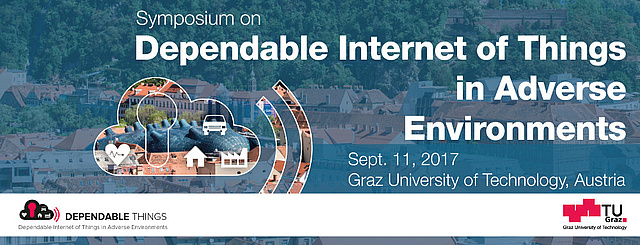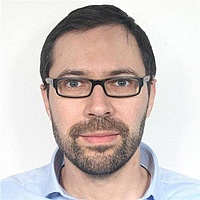Bio: Henk Wymeersch received the Ph.D. degree in Electrical Engineering/Applied Sciences in 2005 from Ghent University, Belgium. He is currently a Professor in Communication Systems at the Department of Signals and Systems, Chalmers University of Technology, Sweden. Prior to joining Chalmers, he was a postdoctoral researcher, from 2005 until 2009, with the Laboratory for Information and Decision Systems at the Massachusetts Institute of Technology. He served as Associate Editor for IEEE Communication Letters (2009-2013), IEEE Transactions on Wireless Communications (since 2013), and IEEE Transactions on Communications (since 2016). His current research interests include cooperative systems and intelligent transportation.
Abstract of the talk: In this talk, I will give a brief overview of some of our group’s activities, in particular related to intelligent transportation systems and automated driving. In the second part of the talk, I will focus on 5G positioning. 5G will likely include a shift towards higher frequencies, towards massively higher number of antennas, and towards device-to-device communication. While these technological shifts are meant to satisfy several of the requirements of 5G networks (in terms of rate, density, coverage, latency, and overheads), they also have an unexpected side-effect: preliminary studies have revealed that the 5G technologies have the potential to provide high-precision location and orientation information. We will explore these potentials and highlight the possibility of a more tight integration between positioning and communication.



